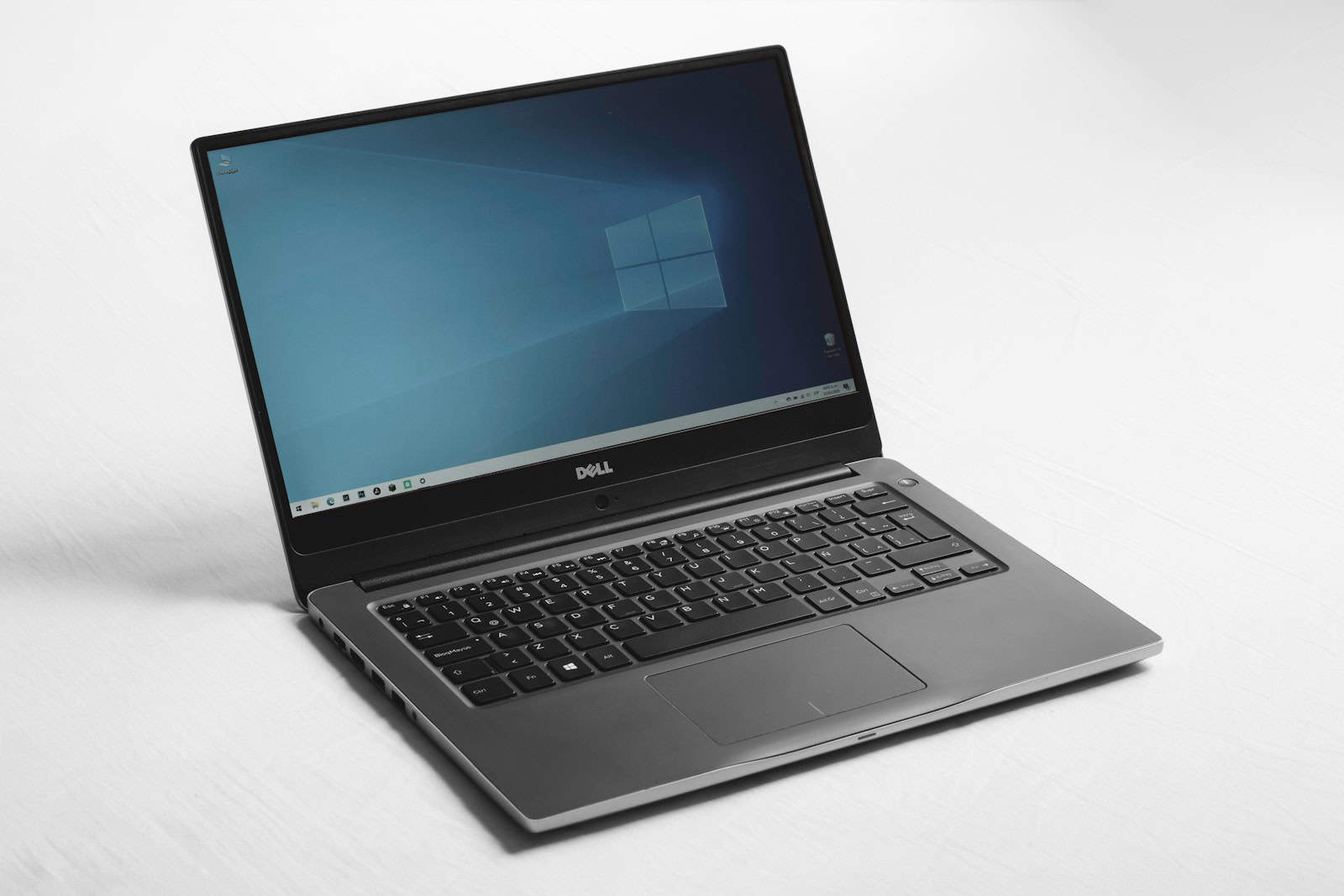Windows 10 is an operating system created by Microsoft. Sometimes it can have problems that need fixing. Users do not have to be experts to repair basic issues. Simple tools built into Windows can help fix many common problems. One of the first steps in repairing Windows 10 is to use the System File Checker tool. This tool scans for and restores missing or damaged files. If the problem is more serious, Windows has more tools to try and fix it.
It is important for users to follow the right steps to fix their computers. Don’t skip steps unless you know what you’re doing. By doing things in order, they can solve issues and get their system running smoothly again.
Troubleshooting Common Windows 10 Problems
Windows 10 is a popular and versatile operating system, but like any software, it can sometimes run into problems. We’ve put together a guide to help you quickly troubleshoot and resolve some of the most common issues.
Before diving in, remember that regular backups are essential. Back up your important files regularly to an external drive or cloud storage. This safeguards your data in case anything goes wrong during the repair process.
Common Windows 10 Issues and Their Quick Fixes
| Issue | Possible Causes | Quick Fix |
|---|---|---|
| Slow Performance | Too many startup programs, outdated drivers, fragmented hard drive | Disable unnecessary startup programs (Task Manager -> Startup tab). Update drivers through Device Manager. Run Disk Defragmenter. |
| Blue Screen of Death (BSOD) | Faulty hardware, incompatible drivers, corrupt system files | Check for hardware issues (RAM, hard drive). Update drivers. Run System File Checker (sfc /scannow) in Command Prompt. |
| Wi-Fi Connectivity Problems | Incorrect network settings, outdated network adapter driver | Check network settings (Control Panel -> Network and Sharing Center). Update network adapter driver through Device Manager. |
| Windows Update Errors | Corrupt update files, insufficient disk space | Run Windows Update troubleshooter (Settings -> Update & Security -> Troubleshoot). Clear Windows Update cache (stop Windows Update service, delete files in C:\Windows\SoftwareDistribution\Download, restart service). |
| Freezing or Crashing Applications | Insufficient system resources, software conflicts, corrupt application files | Close unnecessary applications. Check for software updates. Reinstall problematic applications. |
Additional Troubleshooting Tips
- Restart your computer: This simple step can often resolve minor glitches.
- Check for malware: Run a full scan with your antivirus software.
- Use System Restore: If the problem started recently, restore your system to a previous point when it was working correctly.
- Reset your PC: As a last resort, you can reset your PC to its factory settings. This will erase all your data, so be sure to back up your files first.
By following these quick fixes and troubleshooting tips, you can often resolve common Windows 10 issues and get your system running smoothly again. If the problem persists, consider seeking further assistance from Microsoft support or a qualified technician.
Preparing for Repair
Before fixing your Windows 10 computer, it’s important to get ready. This means understanding your options, making backups, and knowing how to access tools for repair.
Understanding System Recovery Options
Windows 10 offers several ways to repair your system. These include tools like System Restore, Safe Mode, and the Recovery Environment.
Creating Backup and Recovery Media
Always back up before repairs. Use the Backup settings to save your personal files. Then use the Media Creation Tool to make a recovery drive.
Accessing Advanced Startup Options
To access repair tools, you may need to start Windows in a special way. You can do this through the settings under Update & Security or by holding the Shift key while you click Restart.
Evaluating System Health
Check the health of your system first. The System File Checker tool (sfc /scannow) and the DISM tool can find and fix corrupted system files.
Fixing Startup Issues
If Windows won’t start, you can fix it with tools in the Advanced Startup options. These tools can help fix problems that stop Windows from loading.
Updating Windows 10
Sometimes, simply updating Windows can fix problems. Check for updates in Settings and install any that are available.
Repairing with Command Line Tools
Command Prompt and PowerShell are powerful tools. Use commands like sfc /scannow and DISM /Online /Cleanup-Image /RestoreHealth to repair system files.
In-Place Upgrade Repair Install
If other repairs don’t work, you can reinstall Windows 10 and keep your files. Use the Windows 10 installation media and choose to upgrade your PC.
Performing the Repair
When Windows 10 has issues, a repair can often fix them. This section covers reliable ways to perform a repair without losing data.
Running System File Checker
The System File Checker is a tool that checks for damaged Windows system files. If it finds and can repair them, it will. To use it, open a command prompt as an administrator and type sfc /scannow.
Steps to run SFC:
- Open “Command Prompt” with admin rights.
- Type
sfc /scannowand press Enter. - Wait until the scan completes.
The scan results are in the CBS.log file. This file shows files that SFC could not fix.
Utilizing Deployment Image Servicing and Management
The Deployment Image Servicing and Management tool, or DISM, fixes Windows system images. It helps prepare the system for SFC to work better.
Running DISM:
- Open Command Prompt as an administrator.
- Type
DISM /Online /Cleanup-Image /RestoreHealthand hit Enter. - Let the scan run and complete.
DISM can fix problems SFC can’t. Always use DISM before SFC.
Executing a System Restore
System Restore brings your computer back to a past state when it worked well. It uses “restore points” which are snapshots of system files and settings.
To do a System Restore:
- Open the Start menu and type “Create a restore point”.
- Click on “System Restore” button.
- Follow the on-screen instructions to choose a restore point and start the process.
System files change back, but personal files do not.
Resetting Windows 10
To reset Windows means to reinstall it while keeping your files or removing everything.
Reset process:
- Go to Settings > Update & Security > Recovery.
- Under “Reset this PC”, click “Get started”.
- Choose “Keep my files” or “Remove everything”.
Keep files to save personal data or remove everything for a clean start.
Manual Repair Methods
For manual repairs, you may need to use commands like takeown or icacls. These repair Windows system files by hand.
Sample commands to fix system files manually:
takeown /f filepathicacls filepath /grant administrators:F
These commands change file permissions and ownership. They are advanced and should be used carefully.
Reinstalling Windows 10
Reinstalling is a last resort. Use it only when other repairs fail. You will need installation media like a USB stick or DVD.
To reinstall Windows 10:
- Create or find your installation media.
- Boot from the media.
- Follow the setup instructions.
Choose the same language, edition, and architecture as the current system. If you have a Windows 10 license, the setup may not ask for a key.
Frequently Asked Questions
This section provides straightforward steps for common issues with Windows 10 repair.
How do I run a repair on Windows 10?
To run a repair, access the Advanced Startup Options by restarting your computer while holding the Shift key. Once there, select “Troubleshoot,” then “Advanced options,” and finally “Startup Repair.”
How do I repair corrupted files in Windows 10?
Use the System File Checker tool. Open Command Prompt as an administrator and type sfc /scannow. This process will scan and fix corrupted system files.
How can I repair Windows 10 without losing my data?
To avoid data loss, choose “Reset this PC” from the Advanced Startup Options. Select “Keep my files.” This resets Windows settings but keeps your files.
What steps are involved in repairing Windows 10 from a USB drive?
First, create a Windows 10 installation USB. Boot from this USB, select your language and choose “Repair your computer.” Use the options under “Troubleshoot” to fix your system.
How do I access and use the repair tools from the Windows 10 boot menu?
Restart your computer. Press F11 or the key indicated for your system to open the boot options menu. Select “Troubleshoot” to access the repair tools.
What is the process for entering and using Safe Mode to repair Windows 10?
Restart the PC and open the boot menu with F8 or F11. Choose “Safe Mode.” In Safe Mode, you can uninstall programs, run diagnostics, and reverse recent changes with fewer risks.







